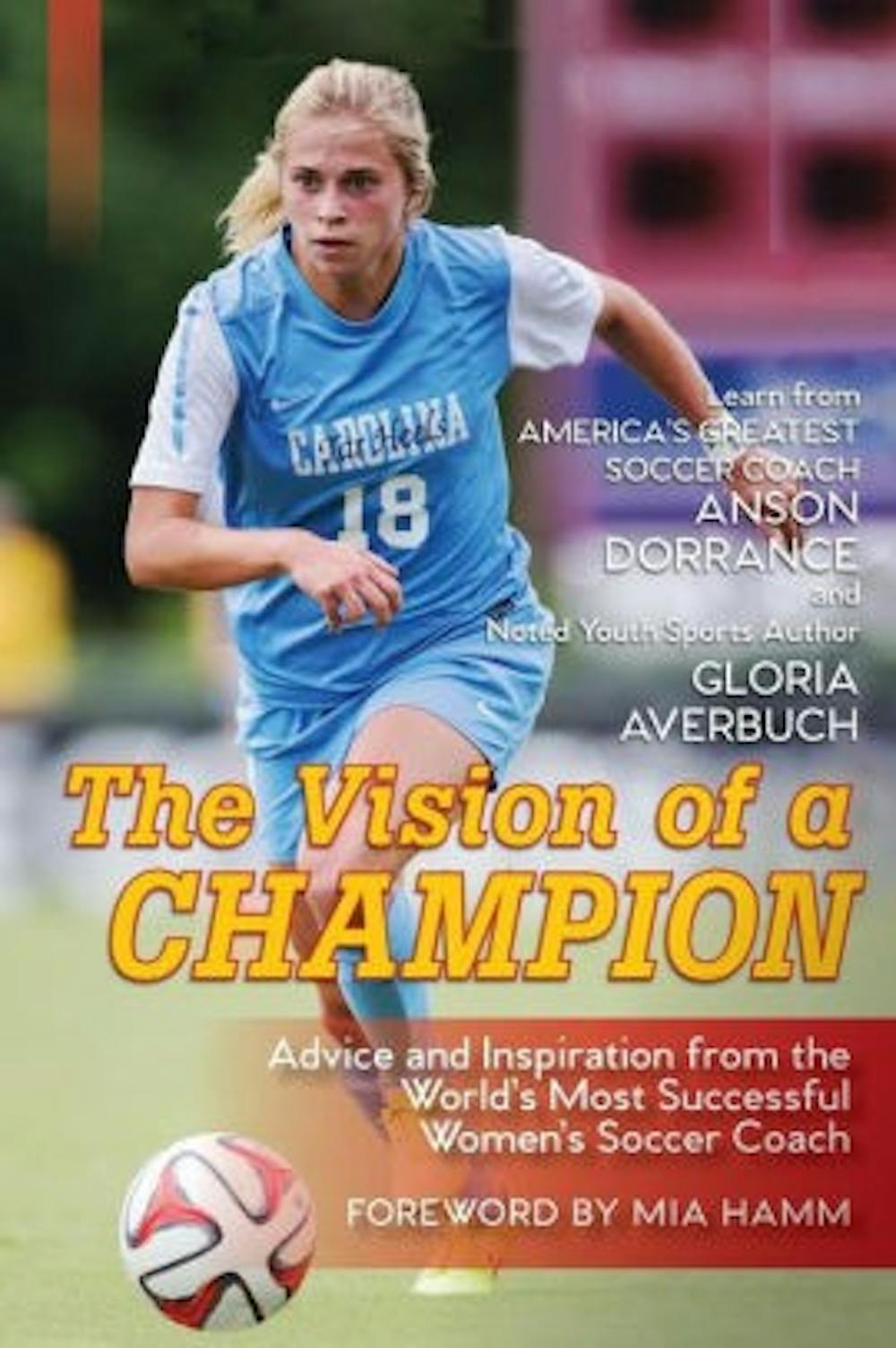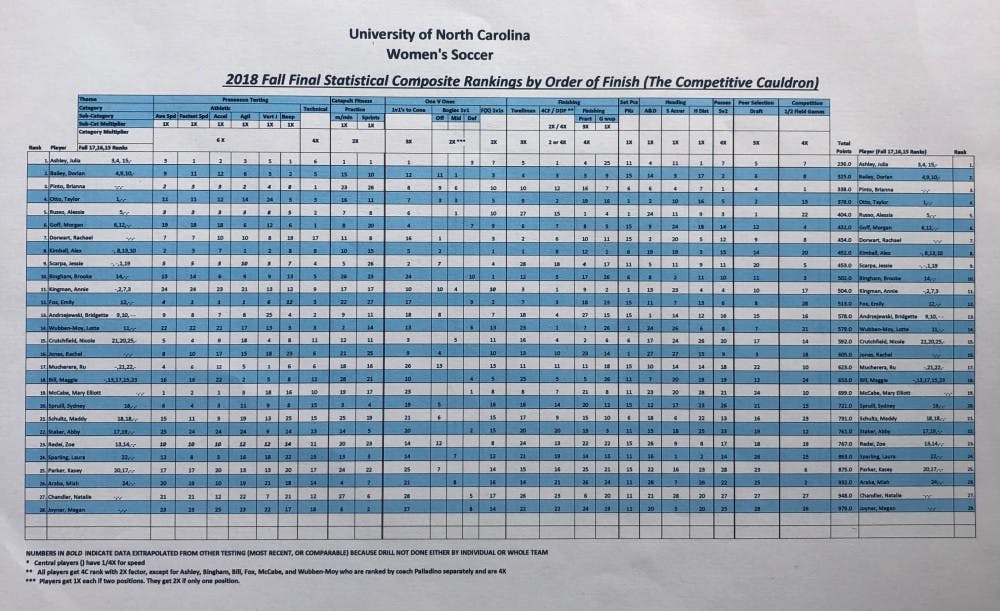The Daily Tar Heel's sports editor Ryan Wilcox recently sat down with Anson Dorrance, the legendary head coach of the North Carolina women’s soccer team. In part one of the Q&A, Dorrance discusses the new edition of his 2002 book, "Vision of a Champion: Advice And Inspiration From The World's Most Successful Women's Soccer Coach", co-written with Gloria Averbuch, and how to build a culture of competitiveness in women’s sports. Answers have been edited for brevity and clarity:
The Daily Tar Heel: How did you and Gloria meet and decide on the process of writing the book?
AD: You know, I don’t even remember anymore. She had a daughter that played that we ended up recruiting, so my guess is because of her daughter’s involvement in soccer, she probably approached us about writing the book. She would certainly know better than I, but I think she approached us and I liked her idea.
I had one book out there already, a book I wrote with Tim Nash, and that was a book we wrote for coaches. I think what she pitched me was to write a book for players, and of course part of her motivation was her daughter (Yael Averbuch). What was wonderful about her kid’s evolution – and also in a way as a selling point for the book – was her kid ended up coming to play for us. She started for us her freshman year, which is obviously very rare.
In her sophomore year, which is even more rare, she had such an incredible season, she was the national player of the year… a lot of the principles we talk about in the book are to have a player like Yael go from where she was, and then from hard work, she could get to her potential.
DTH: What are the two or three biggest things that you want people to take away from the book?
AD: I think for anyone to reach their potential, they have to set up their own training and development platforms. When we originally started developing the U.S. women’s national team, much of what we had to rely on was this idea of self-coaching. We needed to recruit kids that were intrinsically motivated, but also would do the right things in training on their own to get to their potential.
I think the design of this book was along the lines of the way we won that first national championship. Because back in those days, we didn’t have that many chances to get together. We didn’t have that many matches in preparation. So for us, what we had to do was to find these extraordinary people that not only were very talented players, but had the self discipline to choose the right things to do on their own.
The name of the book is appropriately taken from...I was driving to work one day in the second semester of Mia Hamm’s senior year, and it was kind of cold out, and it was relatively early in the morning. Out of the corner of my eye, I can see this figure going five (yards) and back, ten and back, fifteen and back. It’s a grueling exercise we call “cones,” and I was so impressed because obviously it was one of my kids. Without her even realizing, I pulled in the parking lot and I’m watching this kid.




